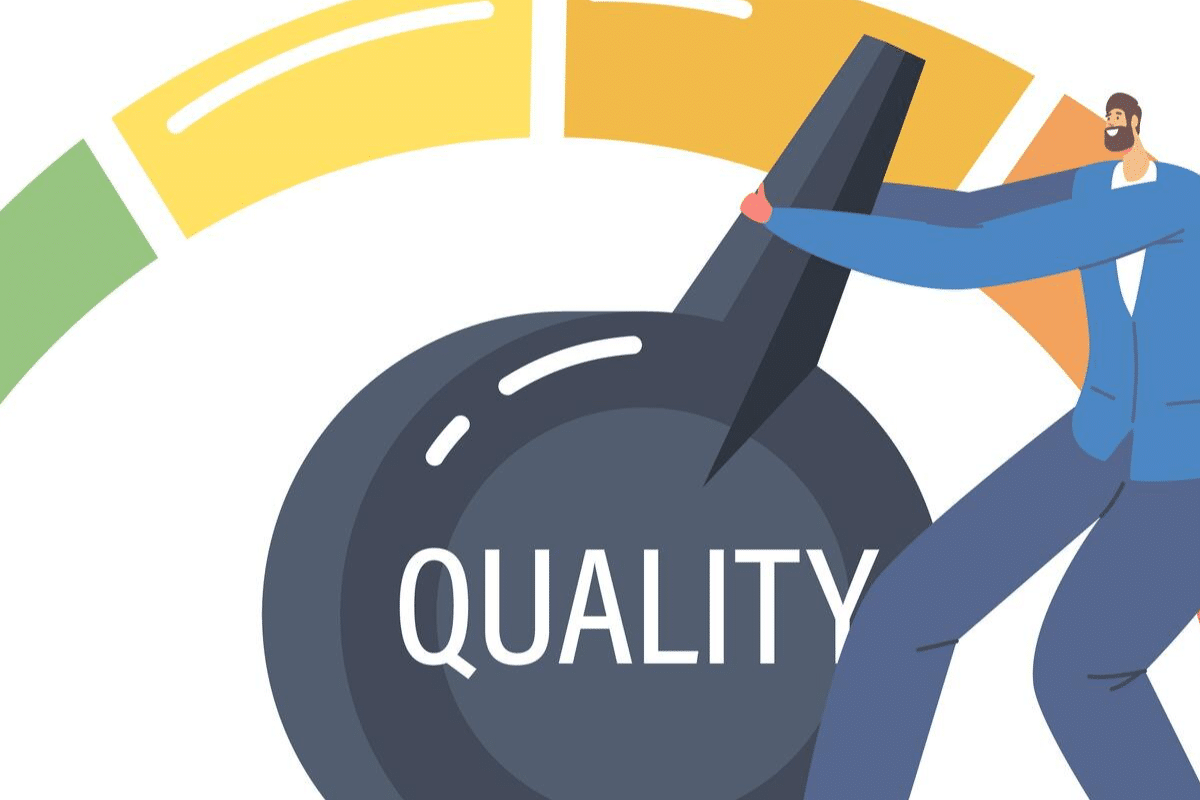15 Ways to Save Money Daily Without Sacrificing Comfort
Por: katia alves em junho 23, 2025

Many people believe that saving money means giving up comfort, pleasure, and well-being. That’s a myth. Smart saving isn’t about radical cuts—it’s about financial awareness and making the most of what you already have.
With a few strategic changes, it’s possible to live well, enjoy your habits, and still have money left at the end of the month. In this complete guide, you’ll learn how to save money daily without giving up comfort—using accessible, sustainable, and effective practices.
1. Financial Awareness Is the First Step: Redefining the Way You Think About Money
Before you can make any meaningful progress in saving money without sacrificing comfort, you need to start with the foundation of all smart financial decisions: awareness.
Financial awareness isn’t just about tracking your spending—it’s about shifting your mindset. It’s the process of becoming conscious of where your money is going, why it’s going there, and how those choices reflect your true priorities. Too often, people equate saving with sacrifice. They think it means cutting out everything they enjoy—lattes, leisure, or little indulgences. But real financial freedom begins when you realize that saving is not about denial—it’s about direction.
Start by Reviewing Your Expenses
Take a close look at your bank and credit card statements from the last 30 to 60 days. This isn’t about judging yourself—it’s about identifying patterns. You might be surprised to see how often small expenses pile up:
-
Frequent takeout orders when groceries go unused
-
Subscriptions you forgot about or rarely use
-
Spontaneous online shopping driven by stress or boredom
Once you have a clear picture of where your money is going, it becomes much easier to decide what stays and what can go.
Identify What Truly Brings You Value
Not every expense is wasteful—some bring joy, comfort, or peace of mind, and that’s important. The goal isn’t to strip your life of enjoyment; it’s to align your spending with your values. Ask yourself:
-
Which expenses improve my well-being?
-
What purchases support my long-term goals?
-
Where am I spending out of habit, not intention?
Maybe your $5 morning coffee adds joy to your daily routine and sets the tone for a productive day—that’s value. On the other hand, a premium gym membership you rarely use might be draining your budget without contributing to your wellness.
Balance, Not Elimination
True financial awareness helps you find balance, not austerity. You don’t have to give up streaming your favorite shows or enjoying brunch with friends. What you do need is intentionality. You might choose to:
-
Stick with one or two streaming platforms instead of four
-
Cook at home during the week and treat yourself on weekends
-
Buy quality items less often instead of constantly chasing sales
This mindful approach lets you enjoy life while building financial stability. And because your spending aligns with what matters most to you, you’ll feel more in control, fulfilled, and less stressed.
Awareness Leads to Empowerment
Becoming financially aware is empowering. It shifts the narrative from “I can’t afford this” to “I’m choosing to spend differently because I have a plan.” You no longer feel guilty about your spending because it reflects your priorities, not impulse.
And perhaps most importantly: you gain the clarity to save without feeling like you’re missing out
2. Plan your weekly meals
Eating well without overspending is absolutely possible with a little organization. Planning your meals lets you:
-
Save money at the grocery store (avoiding impulse buys)
-
Reduce food waste
-
Avoid overspending on delivery or eating out
Bonus tip: prepare meals in bulk and freeze portions for busy days.
3. Use Technology to Your Advantage: Let Smart Tools Do the Heavy Lifting
In the digital age, saving money no longer means cutting coupons out of newspapers or tracking every dollar manually in a notebook. Today, you have powerful technology at your fingertips that can automate, streamline, and improve nearly every aspect of your financial life. The best part? Many of these tools are free, easy to use, and designed to work with your lifestyle—not against it.
Whether your goal is to reduce impulse spending, stay on top of bills, or get more value from everyday purchases, there’s likely an app or browser extension that can help you do it faster and smarter.
Money Management: Track and Understand Your Spending Habits
The first step in gaining financial control is knowing exactly where your money is going. Apps like YNAB (You Need A Budget) and Mint are designed to give you real-time insight into your financial life.
-
YNAB focuses on zero-based budgeting, helping you assign every dollar a job—from bills to savings to fun money. It’s ideal for people who want total control over their cash flow.
-
Mint, on the other hand, connects to your bank and credit accounts to track expenses automatically, offering categorized reports, alerts for bills, and spending trends over time.
These apps make it easier to detect wasteful spending, build a realistic budget, and stay accountable—all from your smartphone.
Cashback and Coupon Tools: Get Paid to Shop Smarter
Why pay full price when you can get part of your money back or access exclusive discounts with just one click?
-
Rakuten gives you cashback on purchases from thousands of major retailers. Simply activate the browser extension before checkout, and a percentage of your purchase is returned to your account. It’s essentially free money for buying what you were already going to buy.
-
Honey is a browser extension that automatically scans for coupons and promo codes when you’re shopping online. It also shows you the item’s price history, so you know if you’re really getting a good deal.
These tools are especially helpful for online shoppers who want convenience without missing out on savings.
Price Comparison Apps: Know the Best Deal Before You Buy
Sometimes the same item is being sold for vastly different prices across various retailers. Instead of hunting manually, let a price comparison tool do the work for you.
-
Google Shopping allows you to search a product and instantly see price options across multiple sellers—online and in-store.
-
Price.com does even more by integrating cashback, coupons, and reviews all in one place, making it a one-stop shop for value-focused decisions.
With these tools, you avoid overpaying, eliminate buyer’s remorse, and get the best product for your budget—all without spending hours comparing sites.
The Real Power: Automation + Awareness
What makes technology so effective isn’t just the data—it’s the automation and ease of use. These tools work in the background, saving you money and tracking your behavior while you go about your day.
-
Set up recurring alerts for low balances, overspending, or bill due dates.
-
Enable spending caps or savings goals that update automatically.
-
Use round-up apps like Acorns that invest your spare change.
Over time, these small adjustments—powered by tech—add up to significant gains in both your finances and your peace of mind.
Smart Doesn’t Mean Complicated
You don’t have to be a financial expert or tech-savvy to benefit from these tools and save money. Most apps are designed for everyday users and come with simple dashboards, tutorials, and customer support.
Start with just one app or extension, master it, and then layer on more as you feel comfortable. The key is to use technology not to overwhelm, but to enhance your financial awareness and efficiency.
4. Make your home a cozy, efficient space

You don’t need a huge budget to create a comfortable home. With a bit of creativity, you can enhance your space and save money:
-
Use natural light as much as possible to cut electricity bills
-
Add plants, candles, and warm lighting to make rooms more relaxing
-
Replace old appliances with energy-efficient models
-
Install LED bulbs and timers to reduce energy use
The result is a more enjoyable home—and less need to go out to unwind.
5. Adopt sustainable habits that also save money
Sustainability goes hand in hand with saving. Try:
-
Reusing jars and containers for food storage
-
Replacing paper towels with washable cloths
-
Making your own cleaning products with vinegar and baking soda
-
Air-drying clothes instead of using a dryer
These habits save money and make your lifestyle more eco-friendly.
6. Designate one “no-spend day” a week
Pick one day each week to spend absolutely nothing. Instead, you can save money by:
-
Cook with what you already have
-
Walk or bike instead of paying for transport
-
Do free activities like reading, watching movies, meditating, or cleaning
It’s a simple way to reset your habits and boost awareness.
7. Choose quality over quantity

Trying to save by buying the cheapest option can backfire. Instead, invest in durable, high-quality items, especially for clothing, appliances, and home goods. They last longer and often save more over time.
8. Cancel unused subscriptions to save money
Check all your recurring charges:
-
Are you actually using all your streaming platforms?
-
Could you exercise at home instead of paying for a gym you don’t attend?
-
Are there apps or services you forgot you were paying for?
Cancel what doesn’t add value. You’ll free up cash with zero impact on your lifestyle.
9. Create your own entertainment
Entertainment doesn’t have to be expensive. Try:
-
Hosting a game night at home
-
Having a picnic in the park
-
Watching movies with homemade popcorn
-
Reading that book you’ve been putting off
These simple activities are often more meaningful—and cost nothing.
10. Build a light financial routine
No need to overcomplicate. Try a weekly system:
-
Track your expenses using an app
-
Review your budget every weekend
-
Set alerts for bills and due dates
-
Define short- and mid-term financial goals
Financial clarity equals peace of mind—a comfort that money alone can’t buy.
11. Try small DIY home projects

Instead of hiring out everything, try some simple DIY (do-it-yourself) ideas. You can find great tutorials online to:
-
Restore old furniture
-
Customize curtains, pillows, or decorations
-
Build your own shelves or pallet furniture
These upgrades make your space more personal and affordable.
12. Maximize credit card perks wisely
If your credit card offers cashback, points, or miles, use it strategically:
-
Centralize payments to accumulate benefits
-
Convert points into store discounts or miles
-
Use cashback to reduce future bills
But remember—always pay the full amount each month to avoid interest!
13. Embrace mindful consumption
To save money with comfort means making better decisions, not avoiding all purchases. Before buying something, ask:
-
Do I really need this right now?
-
Can I find it cheaper elsewhere?
-
Is there a better alternative?
This awareness shifts your mindset—and saves money without guilt.
14. Shop with Lists and Patience To Save Money
One of the most effective yet underrated ways to save money daily without sacrificing comfort is to shop with intention. This starts with a simple but powerful tool: the shopping list.
Whether you’re grocery shopping, buying clothes, or upgrading electronics, always prepare a list in advance. At the supermarket, a list helps you stick to your needs and avoid being tempted by promotions, snacks, or unnecessary extras—especially when you’re hungry. In fact, studies show that people who shop on an empty stomach are significantly more likely to make impulsive food purchases that they later regret or waste.
Timing also plays a crucial role. Shopping when you’re relaxed, not rushed, allows you to compare prices, read labels, and make thoughtful decisions. It reduces emotional buying and gives you a better sense of what you truly need.
The same principle applies beyond groceries. When shopping for clothes, household items, or gadgets, take your time. Ask yourself:
-
“Do I need this right now?”
-
“Can I find this on sale later?”
-
“Will I still want this in a week?”
Waiting a few days before making a purchase—especially for non-essentials—gives you time to cool off from the initial excitement. Often, you’ll realize you didn’t actually need the item at all. And if you still want it, you might catch a better deal.
Also, make use of tools that support your patience:
-
Wishlist features on online stores let you save items and monitor price drops.
-
Browser extensions like Honey or CamelCamelCamel track historical prices and alert you when there’s a good deal.
-
Shopping apps can notify you of upcoming seasonal sales or discount events.
Being a mindful, patient shopper doesn’t mean depriving yourself of nice things. It simply means choosing quality purchases over rushed ones, which leads to more satisfaction, fewer returns, and long-term savings—all without compromising your comfort or lifestyle.
15. Set realistic monthly goals
Once you’ve adopted these habits, define simple goals like:
-
Saving 10% of your income
-
Limiting eating out to once per week
-
Avoiding unnecessary purchases for a month
Over time, these turn into lifelong habits.
| Strategy | Benefit |
|---|---|
| Plan meals in advance | Save money, reduce waste, and eat healthier |
| Use financial and cashback apps | Track spending, find deals, and get rewards |
| Let natural light in | Cut down on electricity and improve mood |
| Reuse and recycle at home | Save money and support sustainability |
| Cancel unused subscriptions | Eliminate unnecessary recurring expenses |
| Designate a no-spend day | Build awareness and reset spending habits |
| Buy quality over quantity | Spend smarter with long-lasting purchases |
| Do DIY home upgrades | Enhance comfort with creative low-cost fixes |
| Leverage credit card perks wisely | Earn points and cashback responsibly |
| Track your finances weekly | Stay in control and reduce financial stress |
| Avoid impulse shopping | Make thoughtful purchases that truly matter |
| Create your own fun | Enjoy low-cost or free entertainment at home |
| Practice mindful spending | Question purchases and spend with purpose |
| Use what you already have | Appreciate and maximize existing resources |
| Set small monthly saving goals | Make saving achievable and sustainable |
Conclusion: Live better with less
Daily saving doesn’t have to mean sacrifice. It’s about being intentional, creative, and aligned with your values. With a few smart changes, you can build financial freedom and emotional comfort—at the same time.
Remember: comfort isn’t luxury—it’s peace of mind.
Down below is an informative video about how to save money faster.





